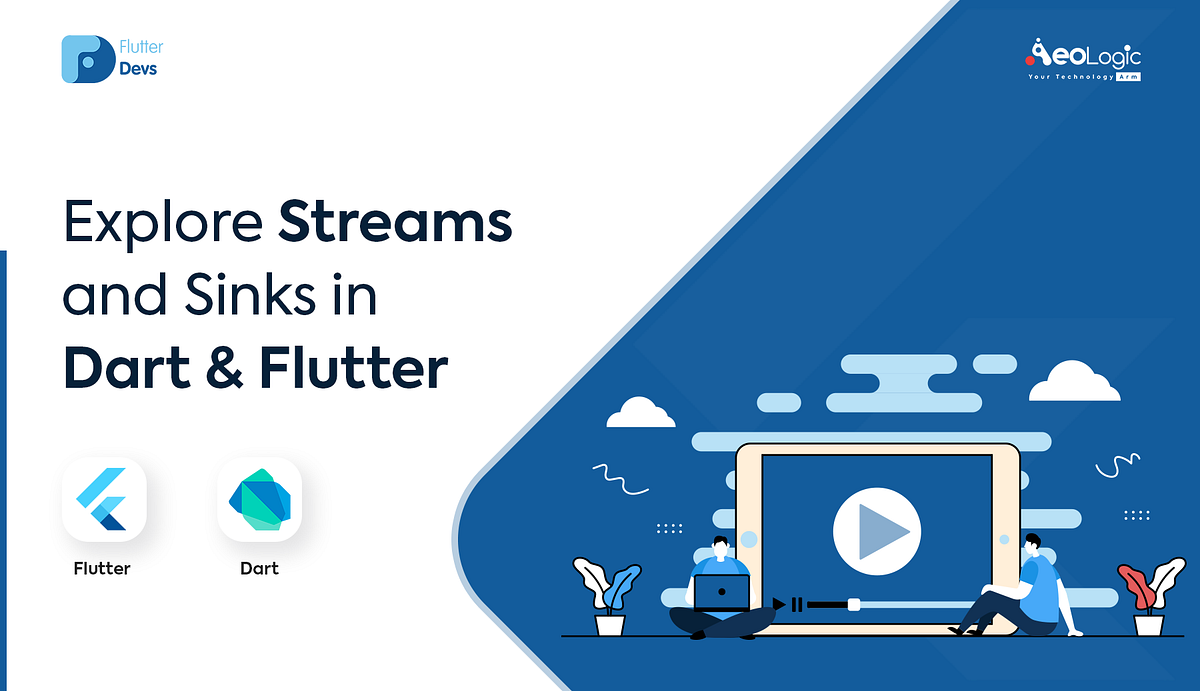Streams and sinks are backbones in Dart and Flutter asynchronous programming. At the point when we talk about Streams explicit to dart. We will utilize the async library given by a dart. This library upholds asynchronous programming and contains every one of the classes and techniques to make Streams.
A Stream gives an approach to get a sequence of events. Every event is either an information event, a component of the stream, or an error event, a warning that something has fizzled. At the point when a stream has radiated every one of its events, a single “done” event will inform the listener that the end has been reached.
In
this article, we will be **Explore Streams And Sinks In Dart & Flutter. **We will take a look at what streams are, how they can be used to solve problems, and how to use them in your flutter applications.
Table Of Contents ::
What are streams?
What is Stream Basics?
What is StreamController?
StreamTransformer
How to Using streams?
Multi-User streams
Closing streams
How to manage a stream subscription?
Asynchronous generators
Conclusion
What are streams?:
Basically, streams are a wellspring of asynchronous events conveyed consecutively. There are information events, which are now and then alluded to as components of the stream because of a stream’s similitude to a list, and there are mistake events, which are notices of disappointment. When all information components have been transmitted, an uncommon event flagging the stream is done will notify any listeners that there is no more.
#flutter #sink #stream #flutter-app-development #dart
